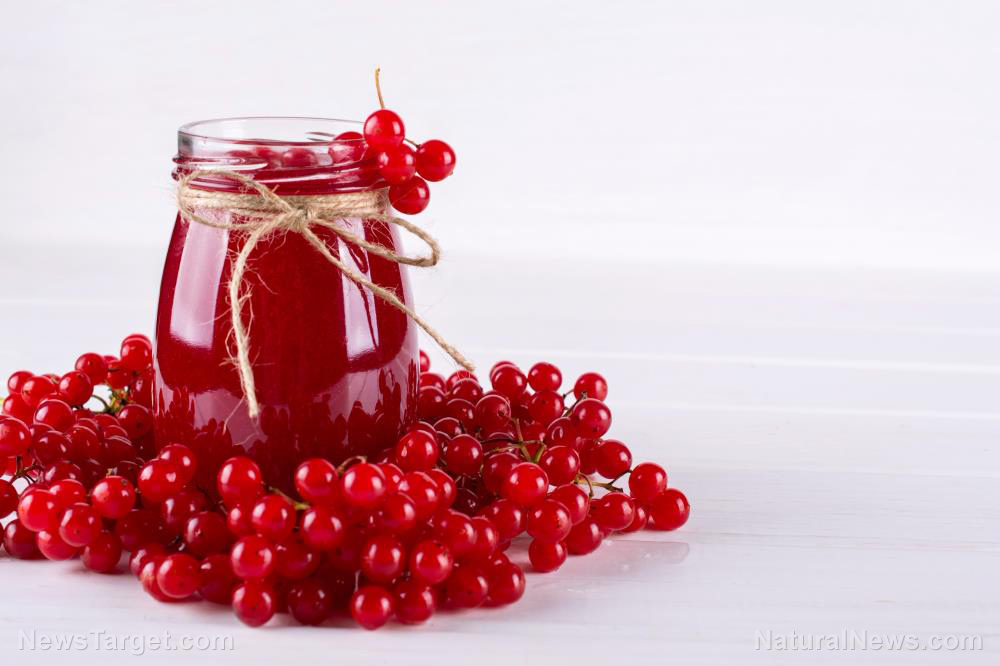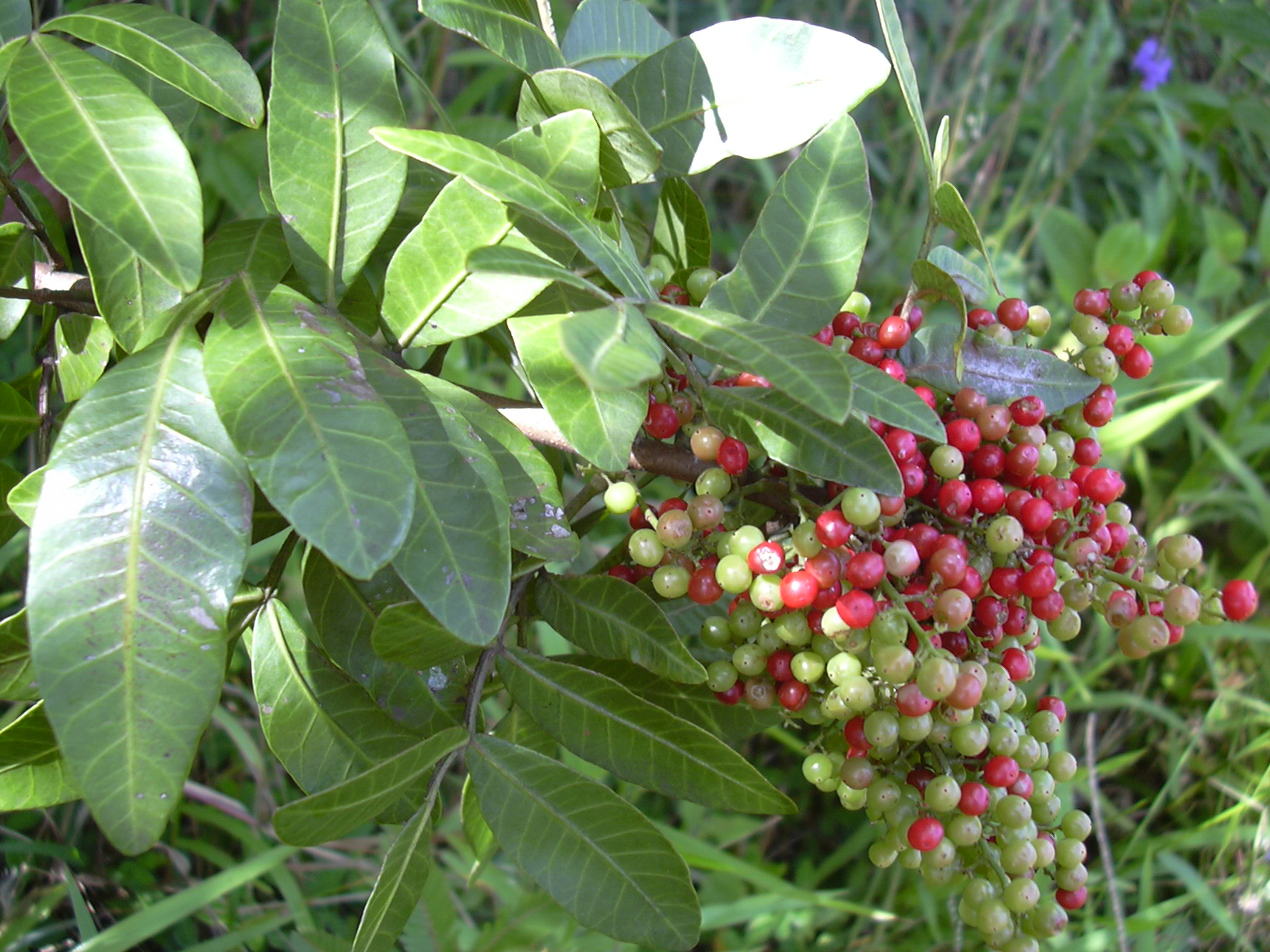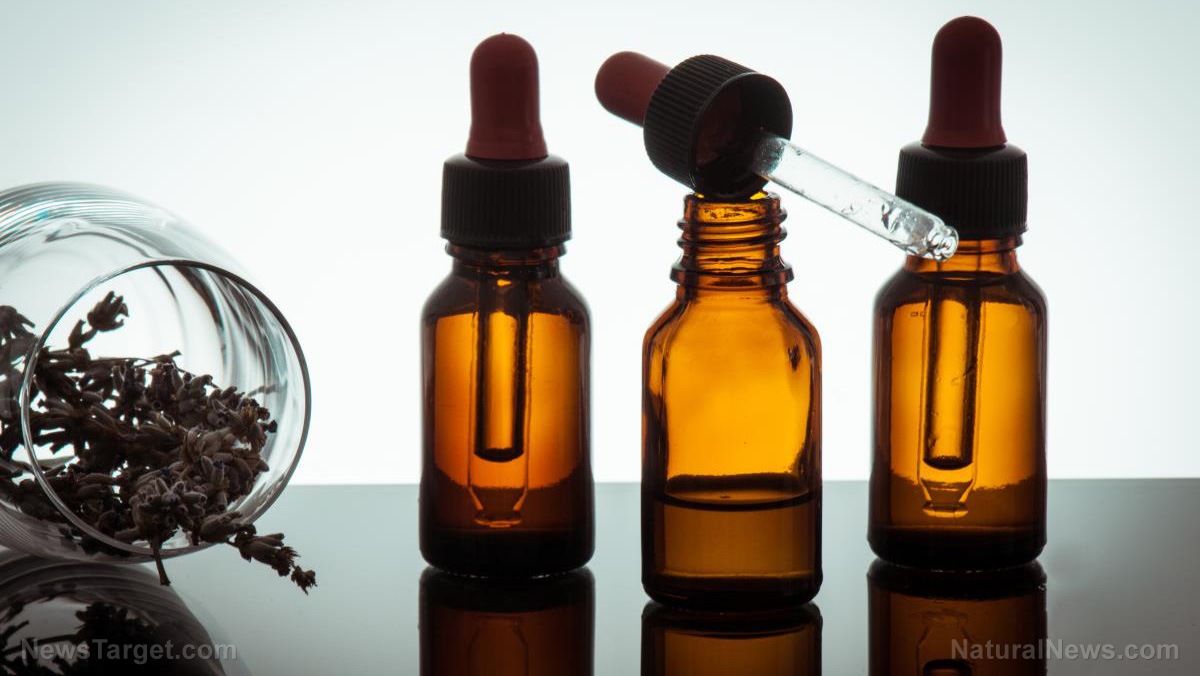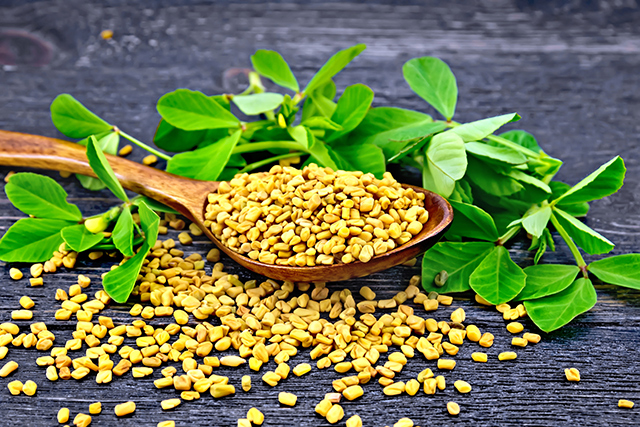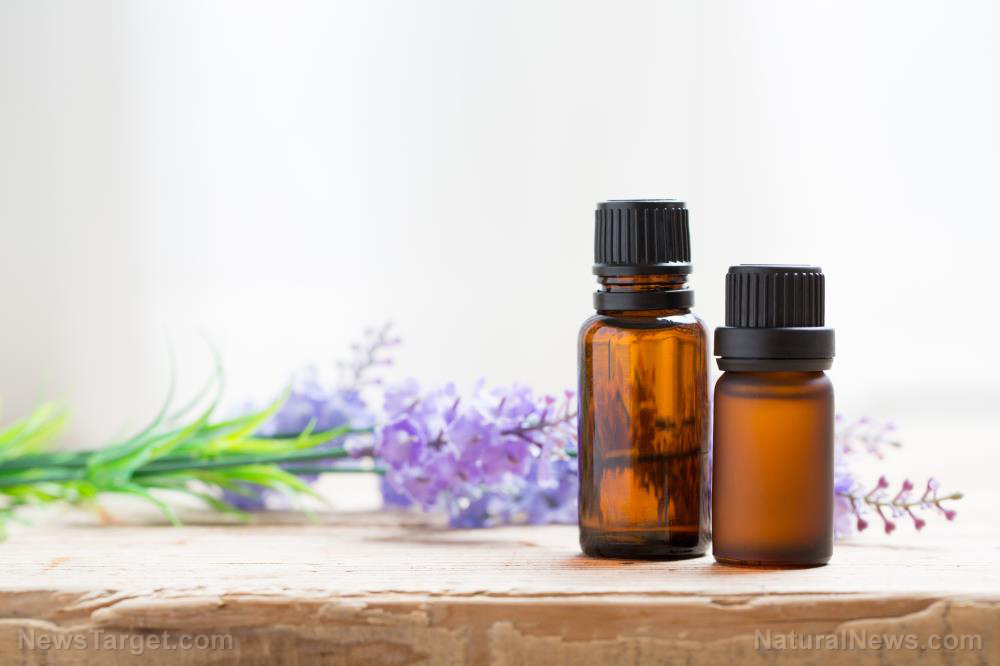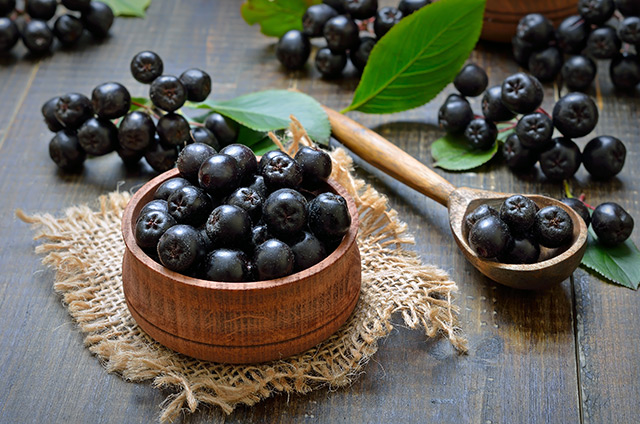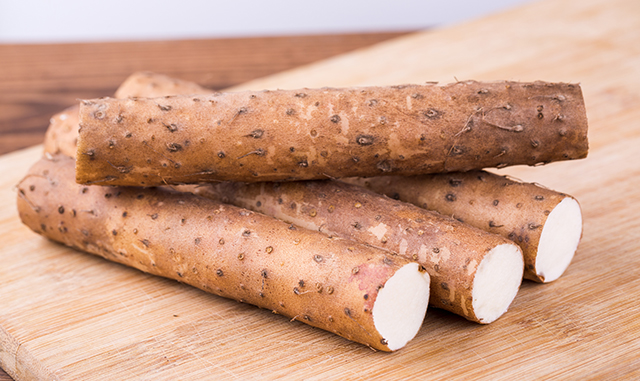The bark of a mountain tree in India shows antimicrobial properties more powerful than antibiotic drugs
02/14/2019 / By Tracey Watson
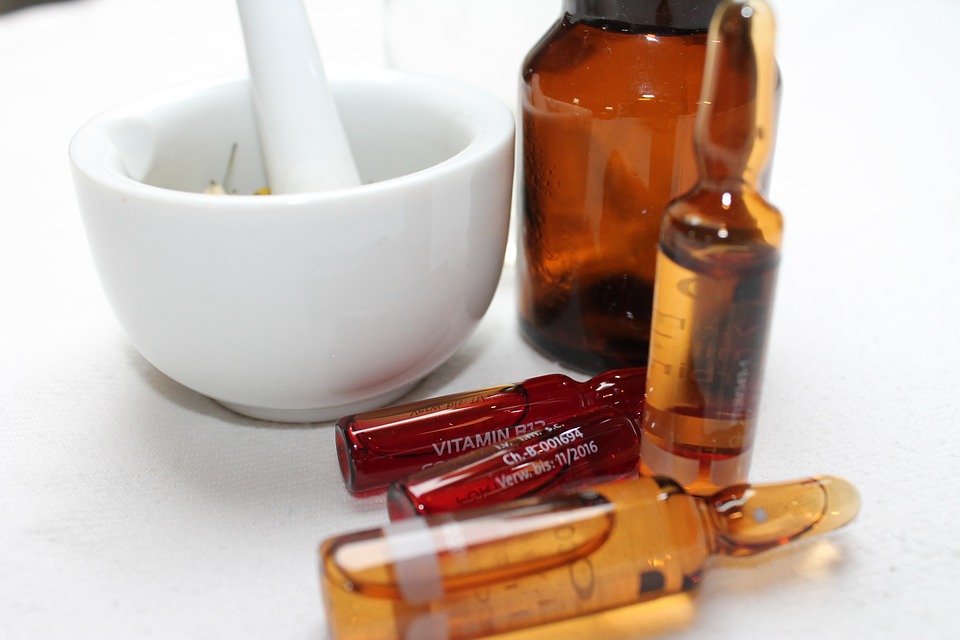
Since Alexander Fleming’s discovery of penicillin in 1928, the world of medicine has been increasingly focused on chemical antibiotics to fight bacterial infections. What we, as a modern society, sometimes forget, however, is that long before we had these types of drugs, ancient civilizations in India, China and elsewhere had been using natural remedies to combat such infections for thousands of years.
With more and more bacteria becoming resistant to modern antibiotics and turning into untreatable superbugs, an increasing number of scientists are turning to nature to find effective weapons against these tiny killers.
The bark of the Ulmus wallichiana Planch, or Himalayan elm, has been used for centuries in India as a natural treatment for wounds and for human and animal bone fractures.
Researchers from the Sardar Bhagwan Singh Post Graduate Institute of Biomedical Sciences & Research set out to study what effects, if any, various extracts from the plant’s bark would have on different microbes, including several types of bacteria and fungus.
After collecting and pulverizing some of the bark into a powder form, the researchers used it to prepare several extracts, including ethanol, aqueous, petroleum ether, chloroform and ethyl acetate.
When tested against bacteria, the strongest extract was the ethyl acetate, which researchers determined exhibited significant antibacterial activity against Pseudomonas aeruginosa, Escherichia coli, Staphylococcus aureus and Bacillus subtilis. The chloroform extract, though considerably weaker, also had an effect on the bacteria.
100% organic essential oil sets now available for your home and personal care, including Rosemary, Oregano, Eucalyptus, Tea Tree, Clary Sage and more, all 100% organic and laboratory tested for safety. A multitude of uses, from stress reduction to topical first aid. See the complete listing here, and help support this news site.
Interestingly, the ethyl acetate extract was even more effective at destroying the bacteria than the drug chloramphenicol, a broad-spectrum antibiotic used to treat several infections, including infections of the respiratory tract, brain, eye and ear.
Next, the research team turned their attention to the effects of the different extracts on fungus, including Aspergillus flavus and Aspergillus fumigates.
As with the bacteria, the ethyl acetate extract once again came out on top as the most potent antifungal. Yet again, the chloroform extract had only a mild effect against the fungi, whereas the ethyl acetate’s effects were comparable to the chemical medicine nystatin, an antifungal medication that prevents fungus growing on the skin, and is often used in the treatment of oral thrush.
The research team concluded that the ethyl acetate extract showed the strongest antimicrobial properties, and as such should be investigated further. They also indicated their belief that phenolic and flavonoid compounds were likely responsible for the plant’s amazing antimicrobial characteristics. (Related: Flavonoids from strawberries and blueberries cut heart attack risk in women by one-third.)
They concluded:
Based on the findings of this study, future prospects of the current investigations suggested that ethyl acetate extract of the plant should be further analysed to isolate the specific antimicrobial principle(s) present in the plant.
Even if you don’t have access to the bark of the Ulmus wallichiana Planch you needn’t despair; nature’s medicine cabinet is packed with natural antibiotics that you will never need a prescription for, including:
- Goldenseal: This plant, native to North America, is a traditional treatment for skin infections resulting from scrapes and cuts. The leaf extract is so powerful that it can treat not only minor abrasions, but even superbugs like MRSA – methicillin resistant Stapholococcus aureus.
- Garlic: While many of us are very familiar with garlic’s delicious cooking properties, its powerful medicinal powers are less well known. Garlic is a potent antibacterial when crushed and exposed to air, and laboratory studies have found it as effective as penicillin at treating many infections, though studies on its efficacy against superbug infections is limited.
- Ginger: Ginger is a powerful anti-fungal, antiviral and antibacterial, and is traditionally used to treat coughs and colds. It has also shown promise in the fight against more serious infections like pneumonia and even superbugs.
Discover at least nine other natural antibiotics by reading the article “12 of the most POWERFUL antibiotics you can get without a prescription.”
Sources include:
Tagged Under: Antibiotics, Antifungal, Antimicrobial, Himalayan elm, natural antibiotics, natural cures, natural remedies, plantmedicine, Ulmus wallichiana Planch




